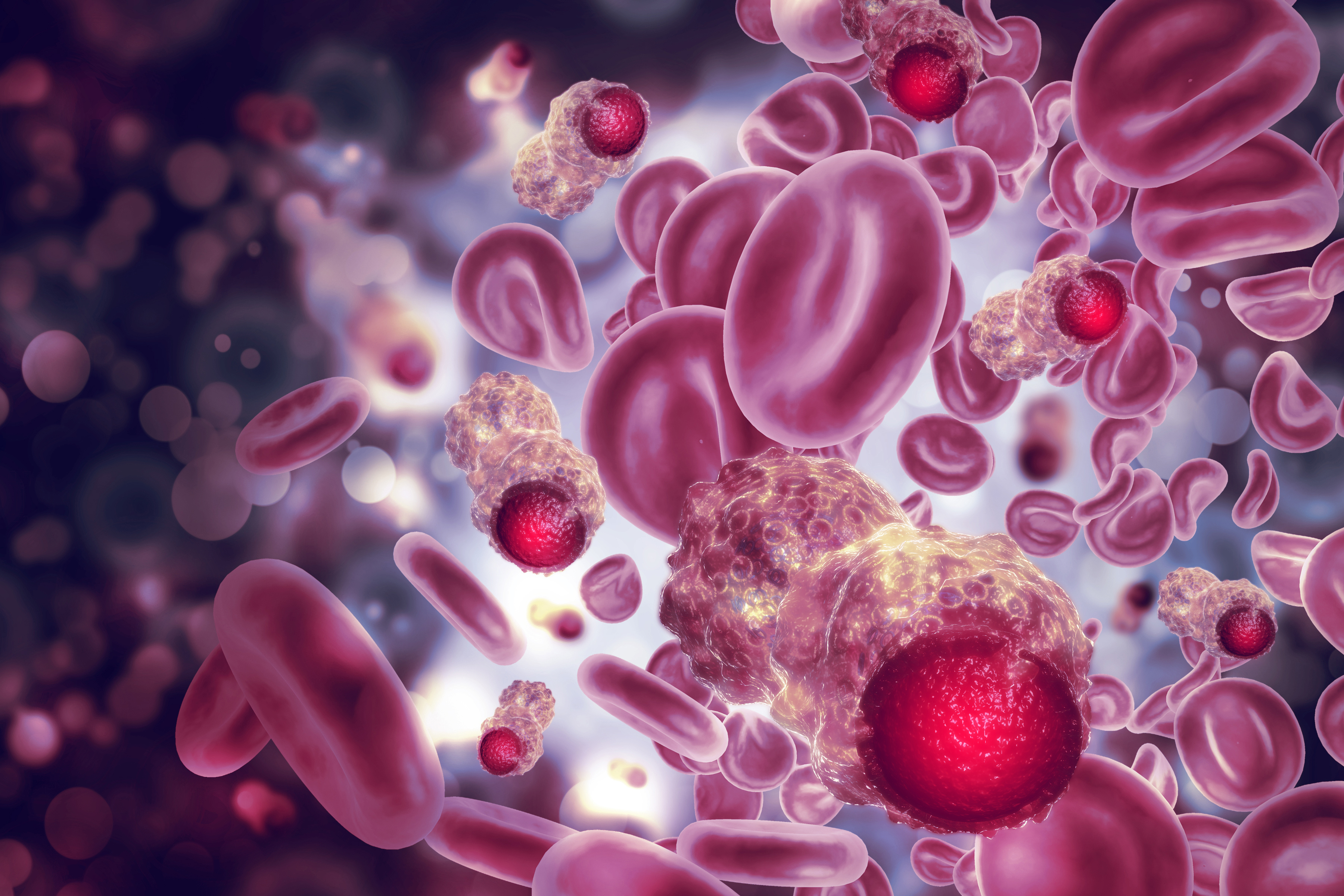
Many of us are familiar with the main types of blood cancer — leukemia, lymphoma, and myeloma. But there are actually more than 40 different subtypes of blood cancers.
At Summit Health, our oncology team treats every blood cancer individually depending on how aggressive it appears to be in the patient. Bilal Farooqi, MD, a hematologist-oncologist at Summit Health, tells us five things we should know about the symptoms, diagnosis, and treatment of these common blood cancers in both adults and children.
1. There are many different types of blood cancer.
Some of the most common blood cancers include:
- Lymphoma is one of the most treatable types of blood cancer and appears in the lymph nodes.
- Chronic lymphocytic leukemia (CLL) is a slow-growing cancer that generally affects older adults and sometimes does not need treatment.
- Leukemia is a white blood cell cancer originating within the bone marrow, a type of soft tissue found in the bones. Bone marrow is important because it makes different cells that the body uses such as red and white blood cells. When the bone marrow is not healthy, important functions such as the body’s ability to fight infection are affected.
- Myeloma is another type of blood cancer coming from the bone marrow.
2. Blood cancer can be mild, moderate, or severe.
If you are diagnosed with blood cancer, the first thing you need to know is how aggressive the cancer is and how much it can impact you. “The way I explain it to patients is we put blood cancer into one of three categories: mild, moderate, and aggressive,” explains Dr. Farooqi.
- Mild blood cancers are slow growing because they mimic the body very closely. This type of cancer is harder to cure. It can be a type of blood cancer that an oncologist may not necessarily treat, but just monitor. “I actually do not treat the majority of my CLL patients with medication, but I check their blood work every three to four months to make sure the person is not having any signs or symptoms or progression,” notes Dr. Farooqi.
- Non-Hodgkin's lymphoma is a moderate-level blood cancer. “We don’t have to do a bone marrow transplant right away. We usually try traditional chemotherapy first,” says Dr. Farooqi. For the most common type, diffuse large B cell lymphoma, approximately 70% of people are cured with traditional first-line chemotherapy. If patients are not in remission using traditional chemotherapy, then they may need to receive a stem cell transplant.
- Blood cancers that are more aggressive, like certain types of acute leukemias and myeloma need to be treated quickly and aggressively. The good thing about these types of cancers is that they are so different from the rest of the body. This makes the cancer respond well to chemotherapy because the medication is able to differentiate between the body and the disease.
3. There are certain symptoms to look out for across all blood cancers.
Common signs and symptoms of blood cancers include:
- Unintentional weight loss
- Drenching night sweats
- Fevers when you are not sick
- Unusual lumps and bumps
- Abnormalities in a blood test
4. Diagnosis is fairly clear for blood cancers.
To diagnose blood cancer a biopsy of your bone marrow will be taken and examined under the microscope. It takes a few days to make a diagnosis and find out what stage your cancer is in.
There are a lot of nuances involved with how treatment works for each specific blood cancer. Oncologists at Summit Health like Dr. Farooqi develop a personalized plan for every patient.
5. New treatment options are less toxic.
Some patients can receive targeted immunotherapy, which uses the body’s own immune system to fight the cancer and is less toxic than treatments like chemotherapy.
There is even an oral medication for certain blood cancers. Instead of an infusion, you pick up a pill from your local pharmacy and take it at home.
Summit Health also has access to numerous clinical trials. Talk to your oncology team about whether or not a clinical trial may be right for you.
6. Survival rates have increased for adults and pediatric cancers.
Over the last two decades, there has been a significant increase in the long-term survival rates for patients who have blood cancers.
There is also a 90% five-year success rate in curing pediatric leukemia. Pediatric patients go through three or four months of very intensive chemotherapy and then they’re hopefully in remission, explains Dr. Farooqi.
“The good thing about children is their bodies are a lot stronger and they have a lot more reserves so they can usually undergo more aggressive treatment than an elderly patient,” he adds.
Summit Health can help.
If you or your loved one has any symptoms of blood cancer, make an appointment with your primary care physician. When needed, our oncologists will develop a personalized plan for every patient that treats their unique cancer and best fits their needs.
